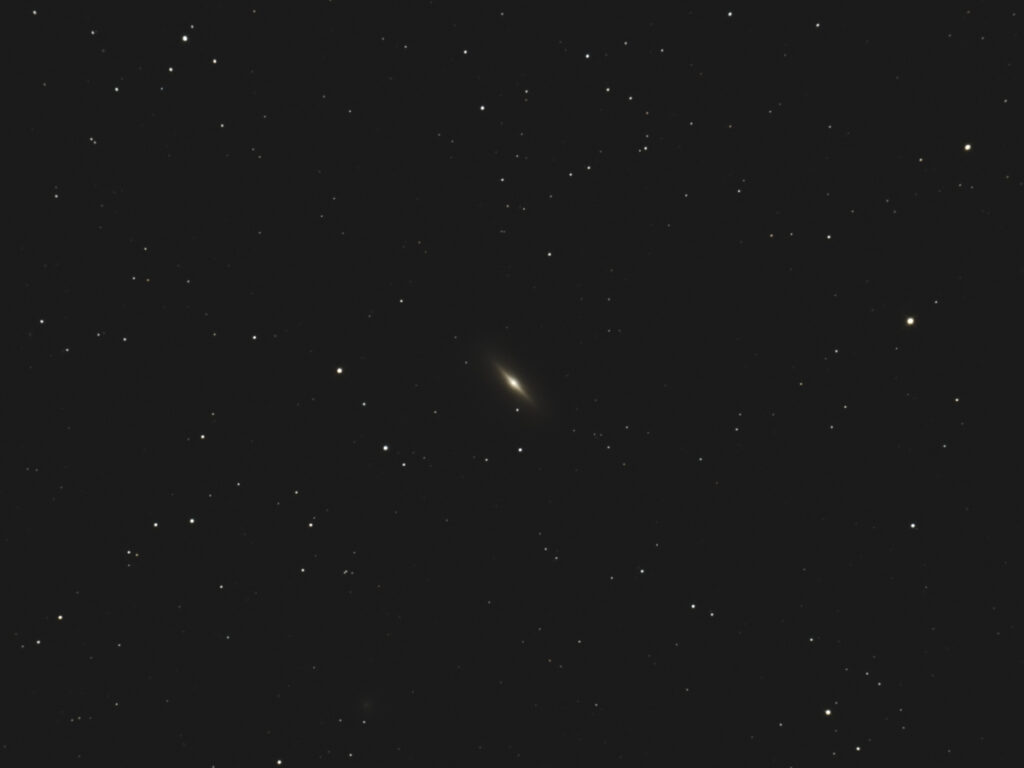
Telescope: Astro-Tech 8” f/8 Ritchey-Chretien, Orion Atlas EQ-G
Camera: QHY 367c Pro, -20C, Baader Mk III MPCC, GSO IR Blocking Filter
Guide scope: Astro-Tech 60mm, ZWO ASI120MM mini, PHD2
Exposure: 25x300sec, gain 2800, offset 50, saved as FITS, dithered every 2 images
Darks: 32, -20C, gain 2800, offset 50, saved as FITS
Flats: 64×0.3sec, Tee shirt flats taken at dusk
Average Light Pollution: Red zone, Bortle 8, poor transparency
Lensed Sky Quality Meter: 18.3
Stacking: Average, 1 sigma clip
White Balance: Nebulosity Automatic
Software: SharpCap Pro, Deep Sky Stacker, Nebulosity, Photoshop
NGC 3115 is an edge-on lenticular galaxy in Sextans. Lenticular galaxies are similar to spiral galaxies in that they in the form of a broad, thin disk, however, the disk of a lenticular galaxy is smooth and relatively featureless without any clear spiral structure. Another feature of NGC 3115 is that it does not show a significant dust lane along the plane of the galaxy. NGC 3115 has apparently consumed nearly all of its interstellar matter and star birth has come to a stop and the galaxy is composed primarily of old stars. The absence of a dust lane gives the galaxy its characteristic shape and nickname; the Spindle Galaxy. NGC 3115 is one of two galaxies known as the Spindle, the other being NGC 5866 in Draco.
NGC 3115 is relatively small, but a fairly easy visible target and is currently well low in the southeast during the early evening.
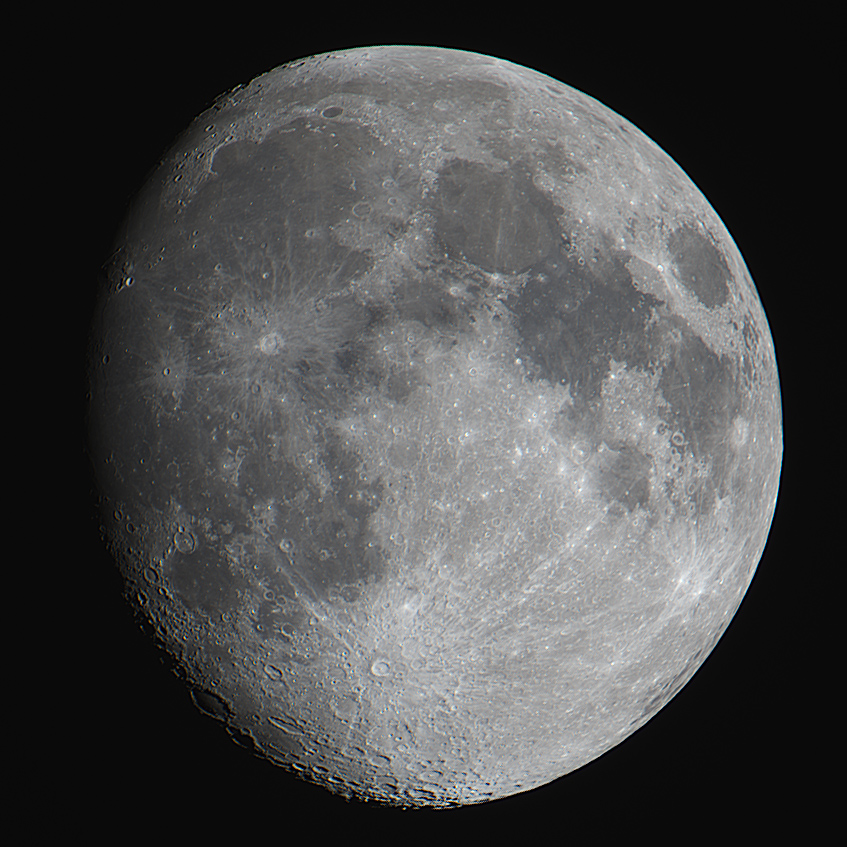
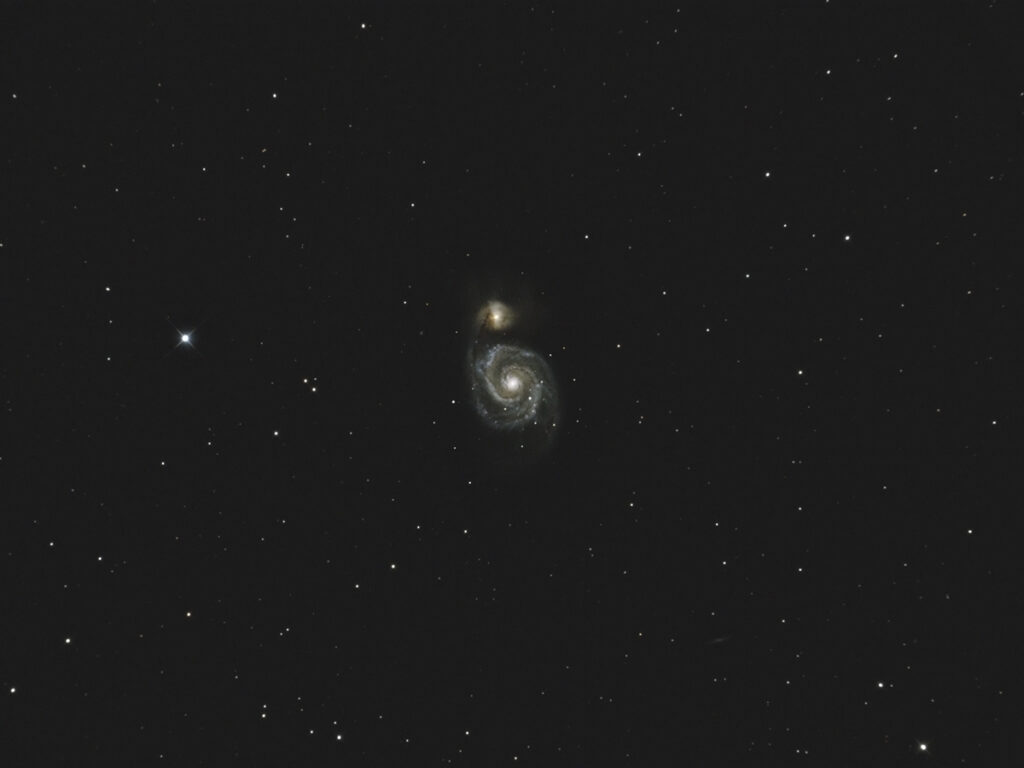
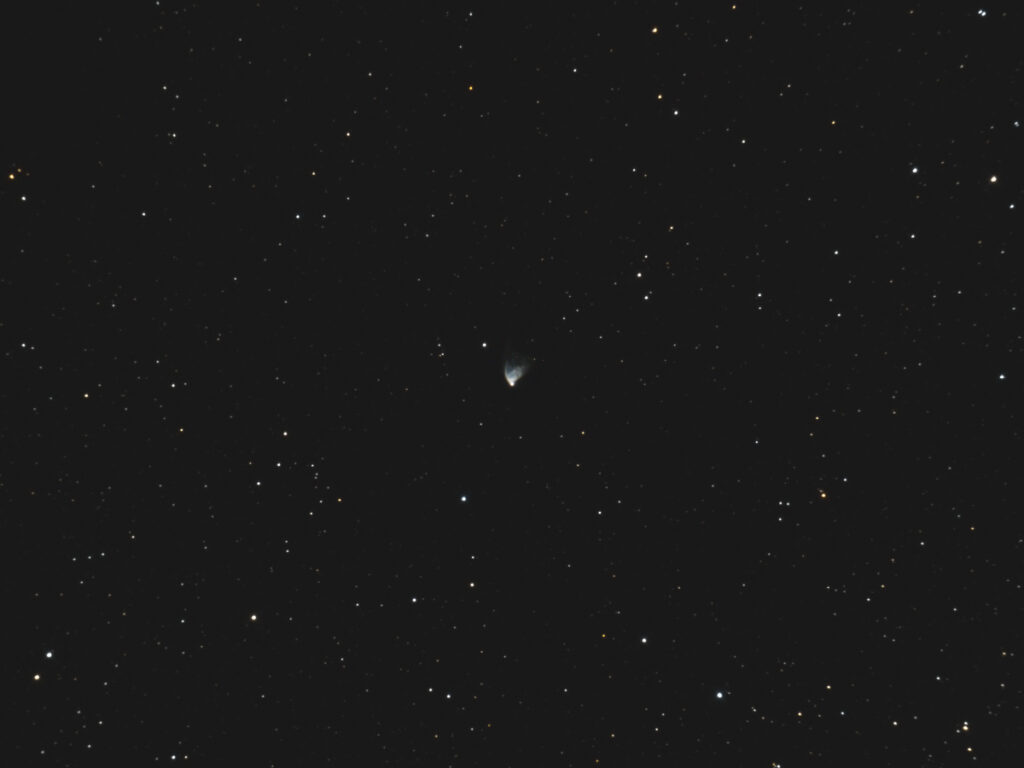
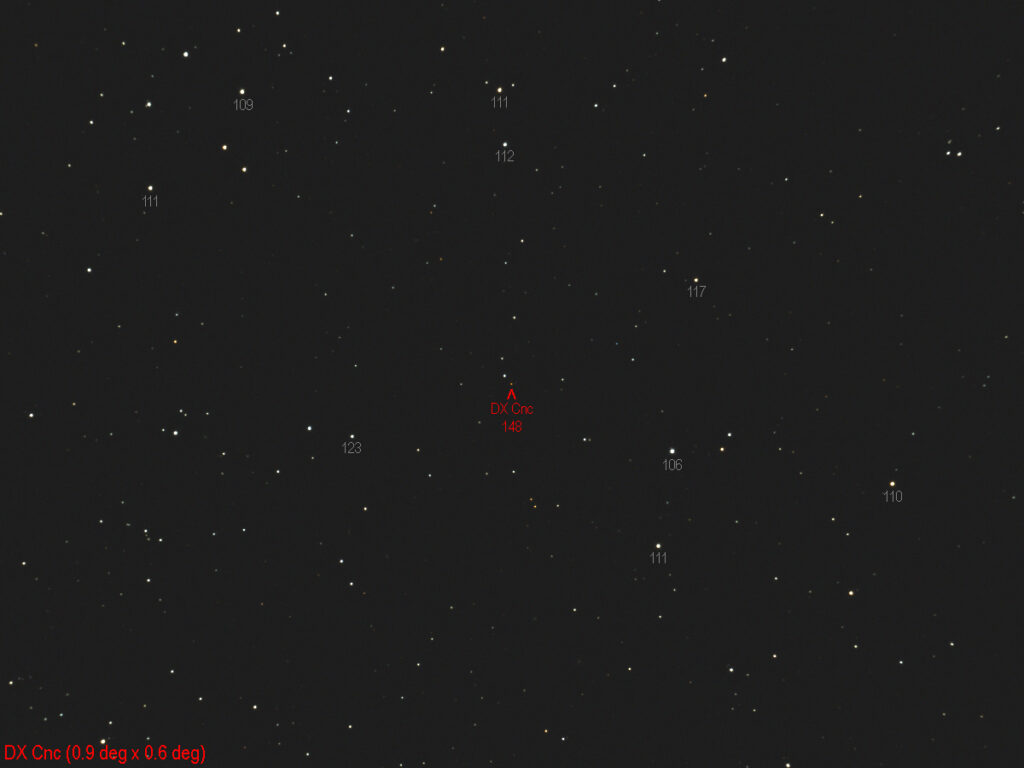
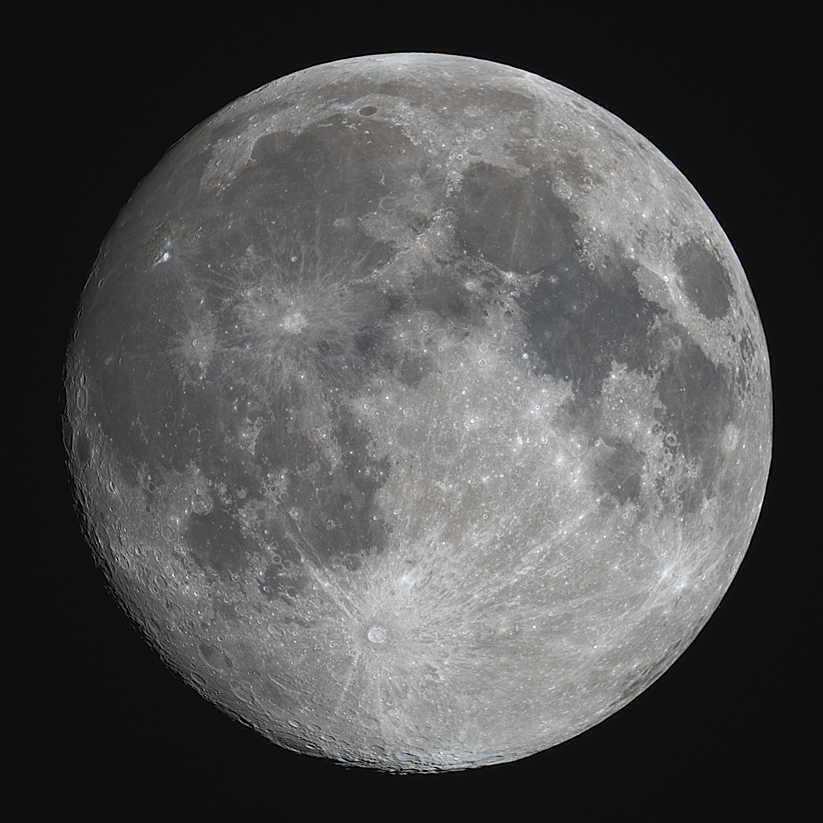
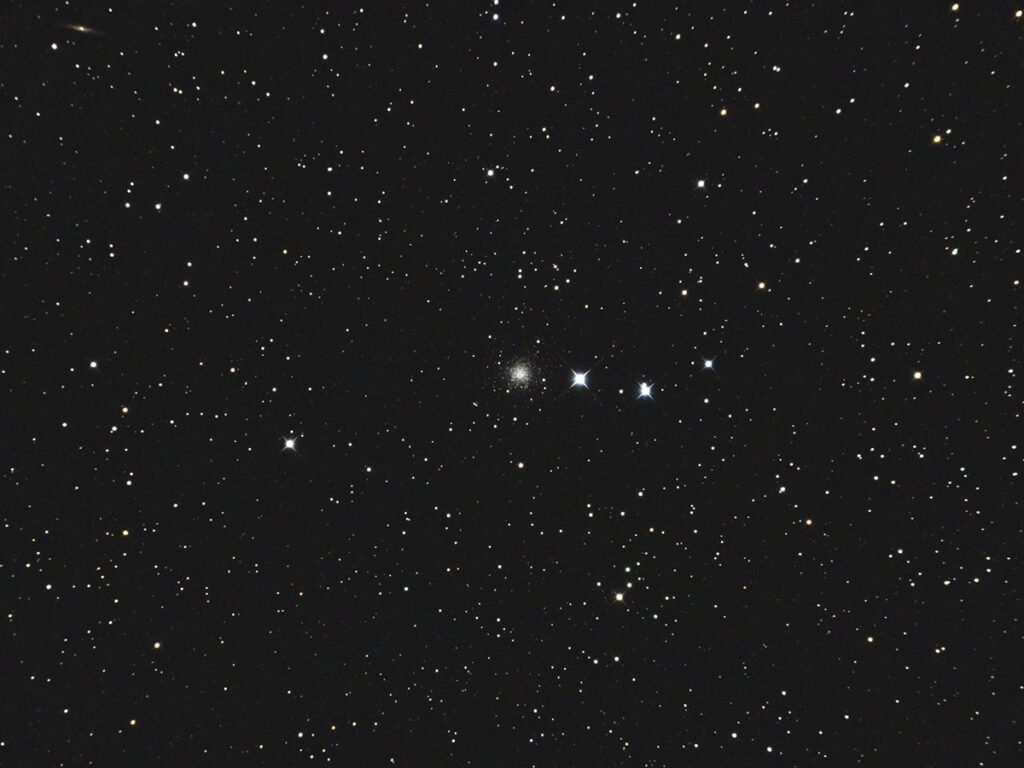
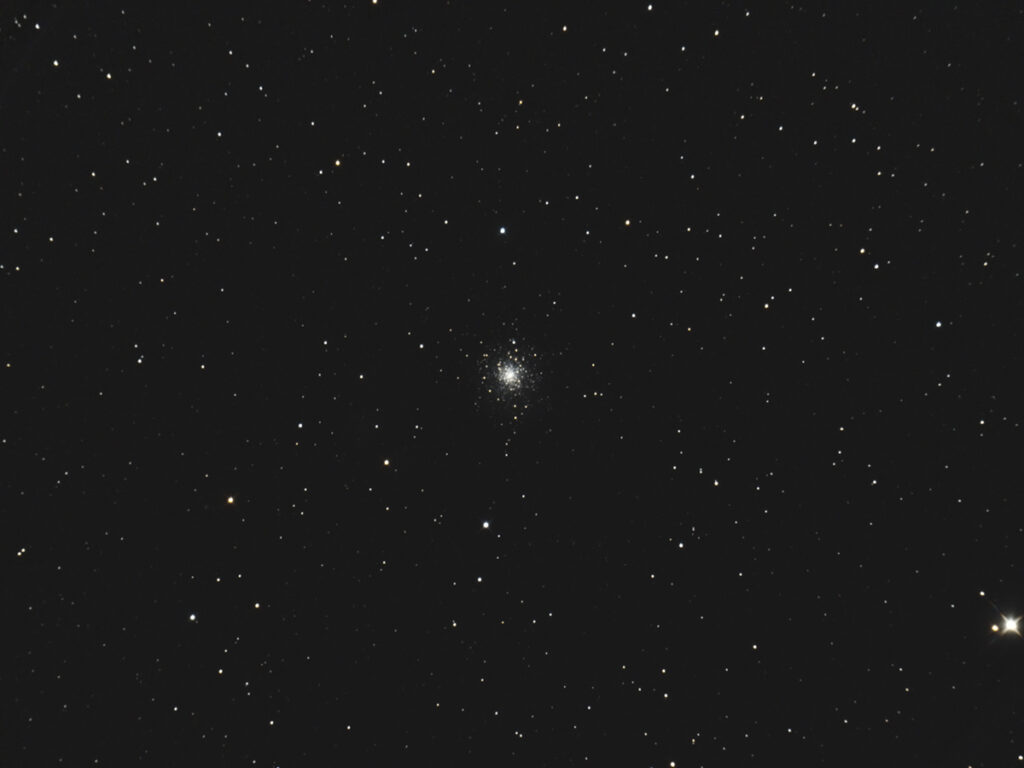
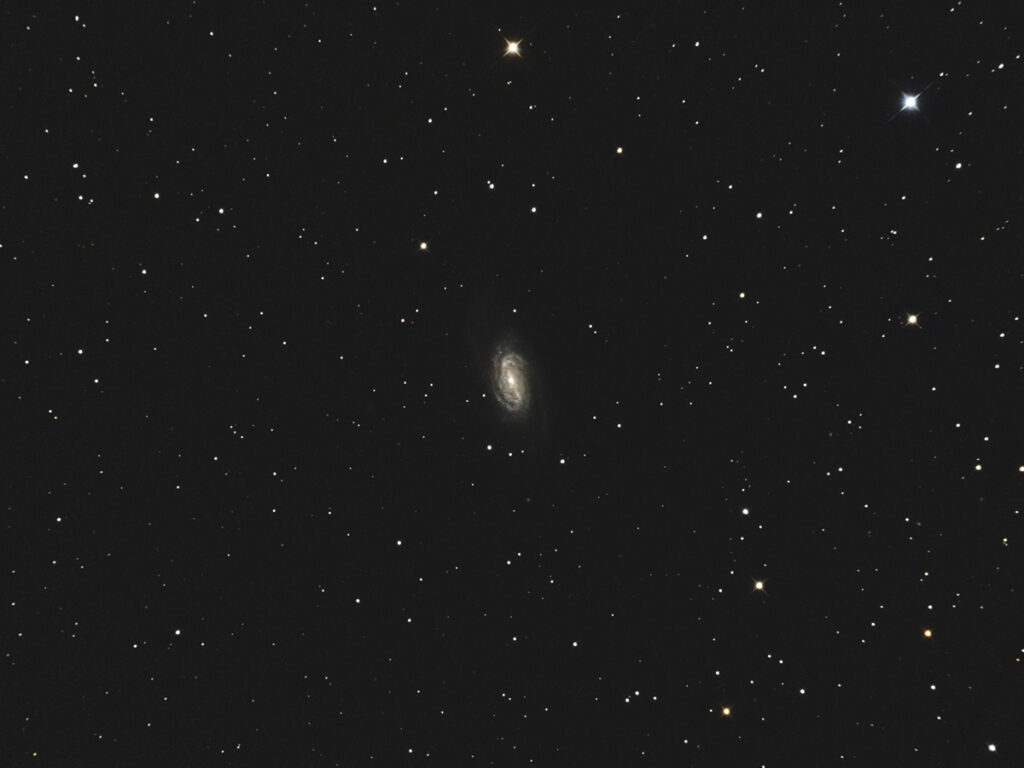
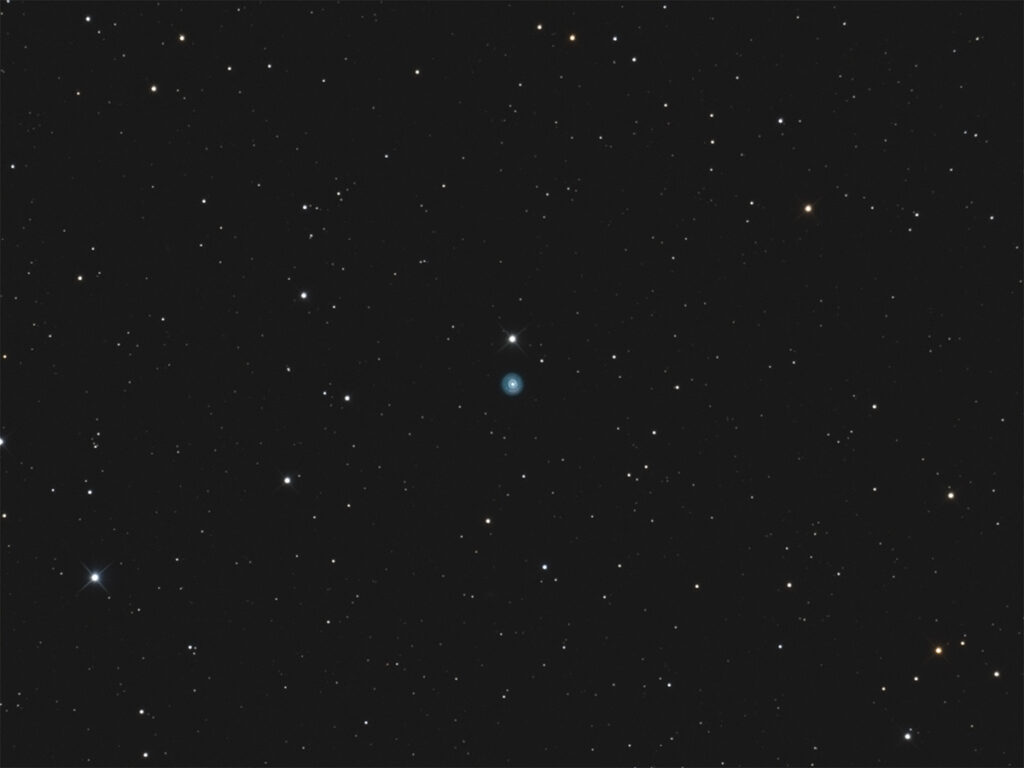
Recent Comments